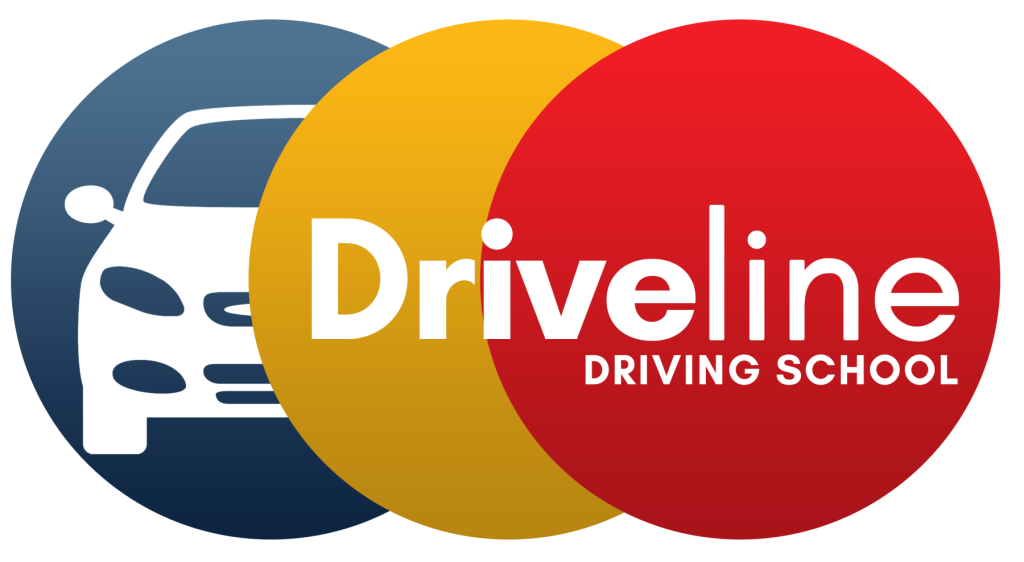Introducing the brand-new Driveline instructor training program
This course is delivered in three parts
Theoretical part 1.
The most up-to-date information is at your fingertips. Access to e-learning platforms on your mobile device at any time
Live and interactive sessions with Driveline trainers via the Internet
Organizing study sessions with other trainees and support staff via the online support group
Learning through social media: A dedicated and moderated trainee forum on Facebook
Test preparation. Practice questions and mock tests to ensure you are prepared
Support for the perception of hazards
Secondly, the ability to drive
Boost your driving skills with an in-car session. Driving assessment with a development session.
Develop a detailed development plan which outlines where you need to improve and practice
You will be provided with access to online training videos to improve your driving skills, including exercises to practice on your own
In addition to top-up sessions, additional driving lessons are available if necessary
A third part focuses on instructional abilities
Virtual reality learning experience. 21 hours of immersive virtual reality training for the development of your instructional skills
Training in the car with an expert to cement your skills as an instructor. 14 hours of expert coaching.
Reflection and review. The purpose of the 7-hour development session is to continue building your knowledge and to assist you in connecting all the learnings.
Can you tell me what you will gain from the integration of virtual reality?
In-car training is conducted in a classroom environment with the support of a Driveline-qualified driving instructor.
An effective driving instructor possesses the following five key characteristics:
Ensure the safety of the environment
In the automobile and traffic environment, communication is essential
Providing support for the learning of a student
Providing assistance to students during their driving practice
Supporting the development of a student by identifying and identifying opportunities
Following the booking, you have 16 days to cancel the course. After this date, the fee will not be refunded.
Automating the learning process: a guide
A lot of people find automatics much easier to drive than manuals, and if you have a disability that makes changing gears difficult, an automatic is a wise choice.
Let’s take a closer look to see if it’s right for you.
How do automatics and manuals differ?
An automatic car basically does the shifting for you, while a manual car requires you to change the gears yourself.
You still get gears in an automatic. They’re just a bit more basic. There are four main ones:
If you switch the engine on or off, the wheels should be in the park.
This is where the fun begins! The car will automatically switch between first and second gear as it moves forward; there may be additional variations, but you’ll probably spend most of your time here.
If you are stopped at a traffic light or in traffic, you can place the car in neutral. The reverse button does exactly what it says.
Unlike manual cars, automatic cars don’t have a clutch, so you won’t stall, grind gears, or accidentally shift into the wrong gear.


